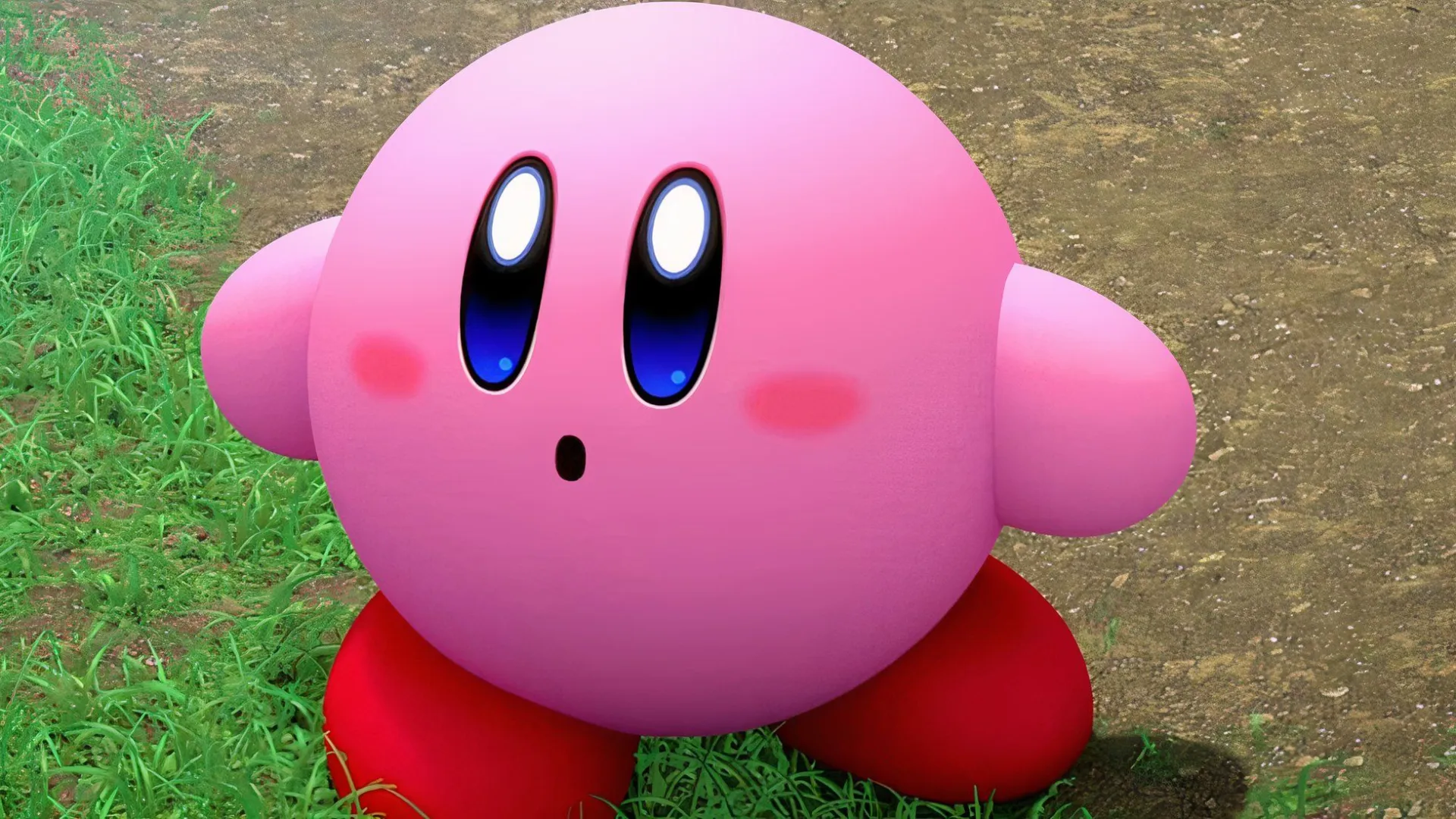Nintendo’s Strategic Reimagining of Kirby for Western Audiences
Former Nintendo employees reveal the marketing strategy behind Kirby’s transformed box art design for western markets.

In the evolving landscape of video game marketing, Nintendo‘s approach to presenting Kirby reveals a fascinating chapter of game design psychology. Former Nintendo employees have shed light on the deliberate transformation of the iconic pink character’s visual representation, highlighting the complex considerations behind game packaging in different markets.
Leslie Swan, a former Nintendo localization director, explained that the company faced a unique challenge with Kirby’s marketability. During an era when fewer girls were playing video games, Nintendo sought to make the character more appealing to male gamers, particularly tweens and teens. The solution was surprisingly simple yet strategic: adding furrowed eyes to Kirby’s box art to create an impression of fierceness and tenacity.
The modification went beyond mere aesthetic changes. Krysta Yang, another former Nintendo insider, noted that the company wanted to produce child-friendly games without being perceived as creating “kiddie” content. This led to the creation of marketing language like “Super Tough Pink Puff,” a deliberate attempt to position Kirby as an action-oriented character.
Interestingly, the evolution of Kirby’s image coincided with technological advances. While early Game Boy titles in black and white posed fewer marketing challenges, the transition to full-color systems prompted Nintendo to reconsider how to present the character. Instead of changing Kirby’s fundamental design, they opted for subtle visual cues that would resonate with their target audience.
The strategy ultimately proved successful, with Kirby becoming a recognizable character in franchises like Super Smash Bros. Today, players have become more accepting of the character’s inherent duality – cute yet capable of dynamic action. The marketing approach that once seemed necessary now appears as an intriguing snapshot of video game cultural history.